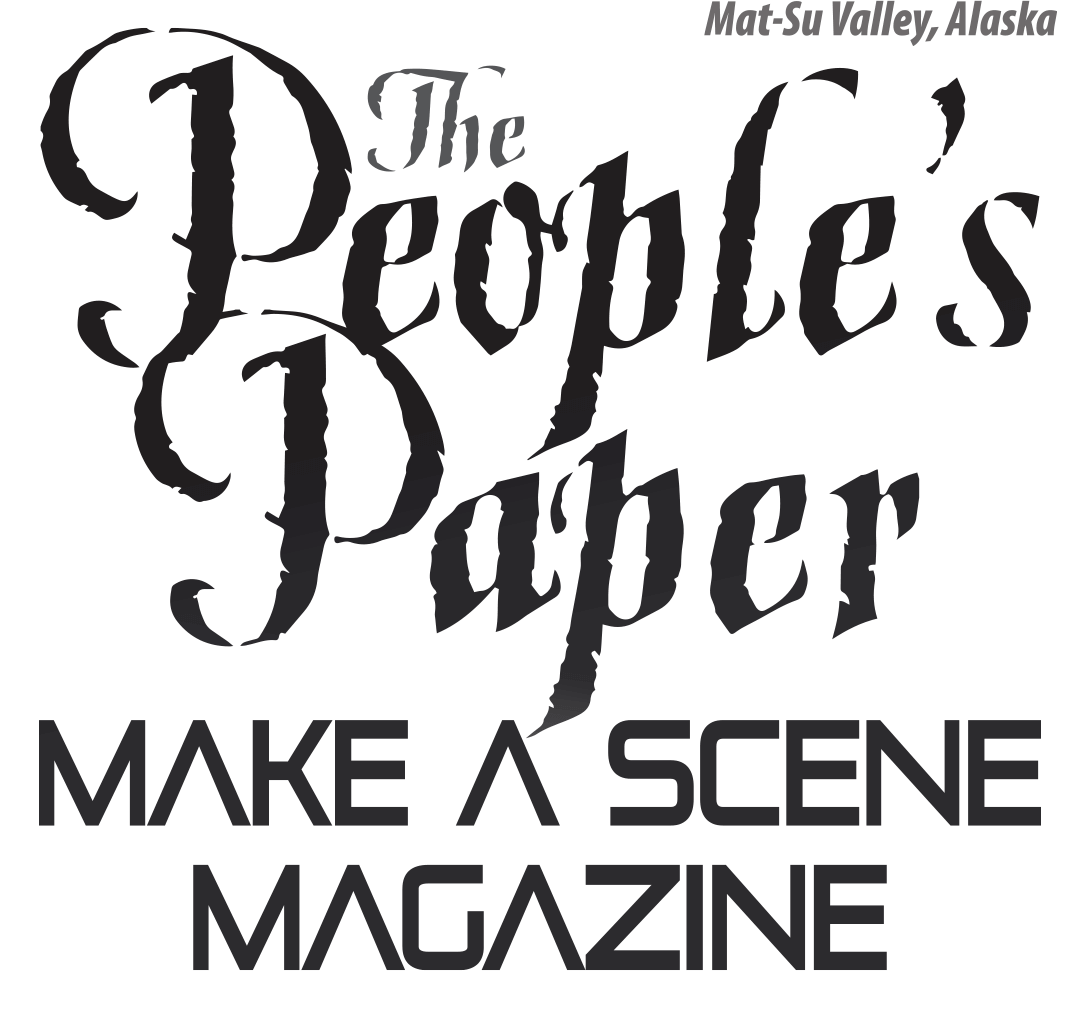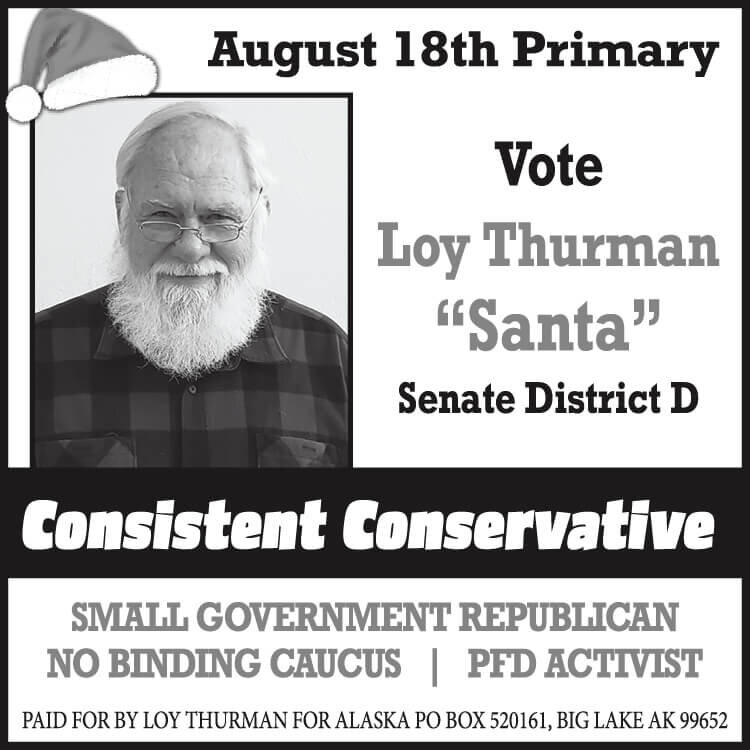New taxes come with new burdens, for both Alaskans and the state, including significant administrative costs associated with setting up new bureaucracies. Additionally, Alaska currently lacks the proper tax base of businesses and wage earners to sustain higher taxes. In its present state, Alaska’s economy is too unstable, its budget too erratic, and its business environment too unpredictable for job creators to seriously consider Alaska and provide the tax base needed for responsible tax increases. With Alaska’s recently slowed economy and higher unemployment, now is not the time to make decisions that fly in the face of facts. Alaska policymakers cannot assume that somehow our state could defy basic economic principles, no matter how independent and unique our state is.
Other policymakers have suggested that federal funding from the Congressional CARES Act could offset some budget cuts that may be necessary due to the pandemic. But federal funding comes with strings attached that often end up being more costly to the state long term. As an example, one hidden provision in the CARES Act could lead to many new Medicaid enrollees and prevents states from removing these enrollees once they go back to work. That would naturally drive up Alaska’s state budget. Funding from the CARES Act can only be spent on pandemic-related costs and does not allow states flexible use of the funding. Expecting federal funding to fill budget gaps simply reduces the incentives to spend state money prudently and incentivizes new areas of spending. Now more than ever, Alaska needs to take drastic steps to decrease its budget and not overspend on the hopes that there will be additional federal funding available in the future.
As difficult as it may be, instead of relying on federal funds or the state’s savings accounts, Alaska should tighten its state budget belt. Alaskans must continue to resist the temptation to introduce or raise taxes that hurt the economy and hinder job creation. The state instead needs to spend prudently, cut spending, and not rely on federal funds for long-term help. But Alaskans are accustomed to making sacrifices and working hard to beat the odds.
As noted earlier, other states have begun the difficult process of cutting state expenditures in response to the economic effects of COVID-19. As the pandemic unfolded, Alaska’s executive administration addressed the need to control spending by temporarily banning out-of-state travel and establishing a hiring freeze for all state employees. While something is better than nothing, the state of Alaska will need to do much more than simply cut back on state employee travel to address the growing budget deficit. For example, while many private sector workers in Alaska have been furloughed during this pandemic, thus seeing a major cut in income, the vast majority of state employees have not been furloughed and will even be receiving their cost-of-living wage increases for the next fiscal year. This is just one example of state government not making sacrifices while many of those working in the private sector are without jobs or working highly reduced hours.
State policymakers should follow the lead of localities such as Juneau, which recently proposed several cuts to their budget, including eliminating some government positions, in response to the economic downturn resulting from the pandemic.
Conclusion
While no one could have predicted the devastating effects of the pandemic this spring, Alaska’s budget deficit is something the state has been dealing with for several years. It is an on-going problem that has been made worse by present circumstances. The question now is, does Alaska implement a harmful personal tax, further burdening hard-hit Alaskans, or does the state tighten its belt and reduce the budget to be reasonable and sustainable.
“COVID-19 disruptions cause 13.1 percent job loss in April,” Newsroom, Alaska Department of Labor and Workforce Development Office of the Commissioner, published May 22, 2020, https://labor.alaska.gov/news/2020/news20-17.htm.
Tegan Hanlon, “Oil prices fell to a historic low Monday. Here’s what that means for Alaska,” Alaska Public Media, April 20, 2020, https://www.alaskapublic.org/2020/04/20/oil-prices-fell-to-a-historic-low-monday-heres-what-that-means-for-alaska/.
James Salzer, “Georgia agencies told to plan billions in spending cuts due to pandemic,” Atlanta Journal-Constitution, May 1, 2020, https://www.ajc.com/news/state--regional-govt--politics/georgia-agencies-told-plan-billions-spending-cuts-due-pandemic/tLrAiX29jBWzIizTLzX8wN/.
Dirk VanderHart, “Gov. Kate Brown Orders Oregon Agencies To Plan Nearly $2 Billion In Spending Cuts,” Oregon Public Broadcasting, April 29, 2020, https://www.opb.org/news/article/kate-brown-oregon-agencies-2-billion-spending-cuts-budget/.
Jeremy Pelzer, “Ohio Gov. Mike DeWine will freeze state government hiring, seek big spending cuts amid coronavirus crisis,” Cleveland.com, March 23, 2020, https://www.cleveland.com/coronavirus/2020/03/ohio-gov-mike-dewine-will-freeze-state-government-hiring-seek-big-spending-cuts.html.
Elise Schmelzer and Sam Tabachnik, “Gov. Jared Polis limits evictions, cuts immediate state spending by $228.7 million,” The Denver Post, May 7, 2020, https://www.denverpost.com/2020/05/01/polis-coronavirus-covid-state-spending/.
Dan White, Sarah Crane, and Colin Seitz, “Stress-Testing States: COVID-19,” Moody Analytics, April 14, 2020, https://www.economy.com/getlocal?q=37F6F320-EF2A-4806-9AAB-EADE66FA0317&app=download.
“Spring 2020 Revenue Forecast,” Alaska Department of Revenue-Tax Division, April 6, 2020, http://www.tax.alaska.gov/programs/documentviewer/viewer.aspx?1583r.
“Crude Oil and Natural Gas Prices,” Alaska Department of Revenue-Tax Division, last modified June 8, 2020, http://www.tax.alaska.gov/programs/oil/dailyoil/dailyoil.aspx.
Ulrik Boesen, “Historic Oil Price Burns Hole in State Budgets,” Tax Foundation, April 24, 2020, https://taxfoundation.org/historic-oil-price-burns-hole-in-state-budgets/.
Jill Burke, “Are You Prepared: Coronavirus and the Alaska Economy,” KTUU, March 7, 2020, https://www.ktuu.com/content/news/Are-You-Prepared-Coronavirus-and-the-Alaska-Economy---568577991.html.
Associated Press, “Alaska Looking for Silver Lining in Expected Tourism Decline,” U.S. News, May 14, 2020, https://www.usnews.com/news/best-states/alaska/articles/2020-05-14/alaska-looking-for-silver-lining-in-expected-tourism-decline.
“Constitutional Budget Reserve Fund (CBRF) & Statutory Budget Reserve Fund (SBRF),” Alaska Treasury Division-Accounting Section, last modified July 8, 2019, https://treasury.dor.alaska.gov/Portals/0/docs/gefonsi_cbr_charts/fy2020/01%20Jul%202019.pdf?ver=2019-08-08-125332-043×tamp=1590606531751.
Rea Hederman, Andrew Kidd, Tyler Shankel, and James Woodward, “Unsustainable Spending: The State of Alaska’s Budget and Economy,” The Buckeye Institute, April 17, 2019, http://alaskapolicyforum.org/2019/04/unsustainable-spending-the-state-of-alaskas-budget-and-economy/.
Becky Bohrer, “Dunleavy Cuts Budget, Says Federal Aid Can Help Offset Brunt,” Associated Press, U.S. News, April 7, 2020, https://www.usnews.com/news/best-states/alaska/articles/2020-04-07/dunleavy-cuts-budget-says-federal-aid-can-help-offset-brunt.
Sam Adolphsen, Scott Centorino, and Jonathon Ingram, “How the CARES Act moves America toward Medicaid for All,” Foundation for Government Accountability, April 8, 2020, https://thefga.org/wp-content/uploads/2020/04/CARES-Act-uses-UI-Medicaid-for-all.pdf.
“Unintended Consequences of the CARES Act,” Alaska Policy Forum, April 27, 2020, https://alaskapolicyforum.org/2020/04/consequences-cares-act/.
Mike Ross, “Governor announces hiring freeze and travel ban for state employees,” KTUU, March 10, 2020, https://www.ktuu.com/content/news/Hiring-freeze--travel-ban-for-state-employees-568657191.html.
“Biennial Budget: Proposed Fiscal Year 2021 & 2022-Year 1 of the FY21/22 Biennial Budget,” p. 5, City and Borough of Juneau Assembly, Submitted April 1, 2020, https://3tb2gc2mxpvu3uwt0l20tbhq-wpengine.netdna-ssl.com/wp-content/uploads/2020/03/FY21-22-Proposed-Budget-3.27.2020.pdf.















































